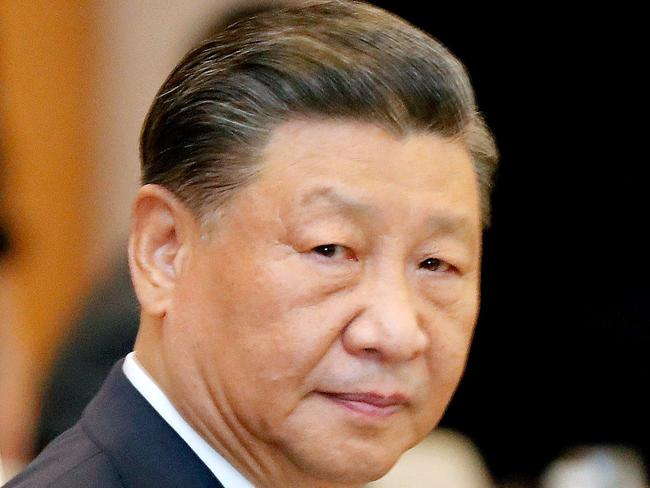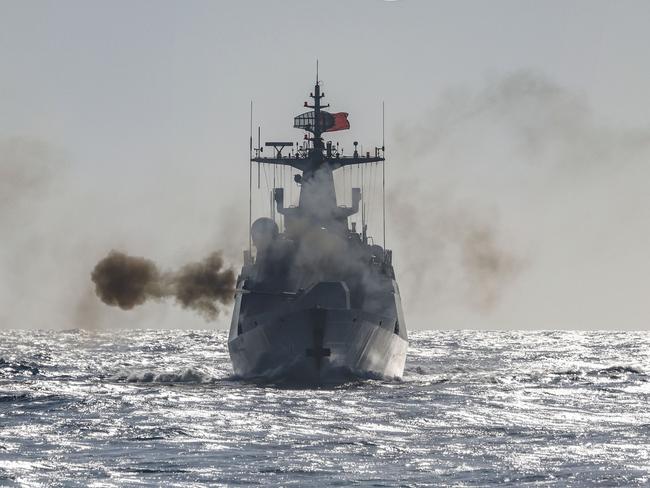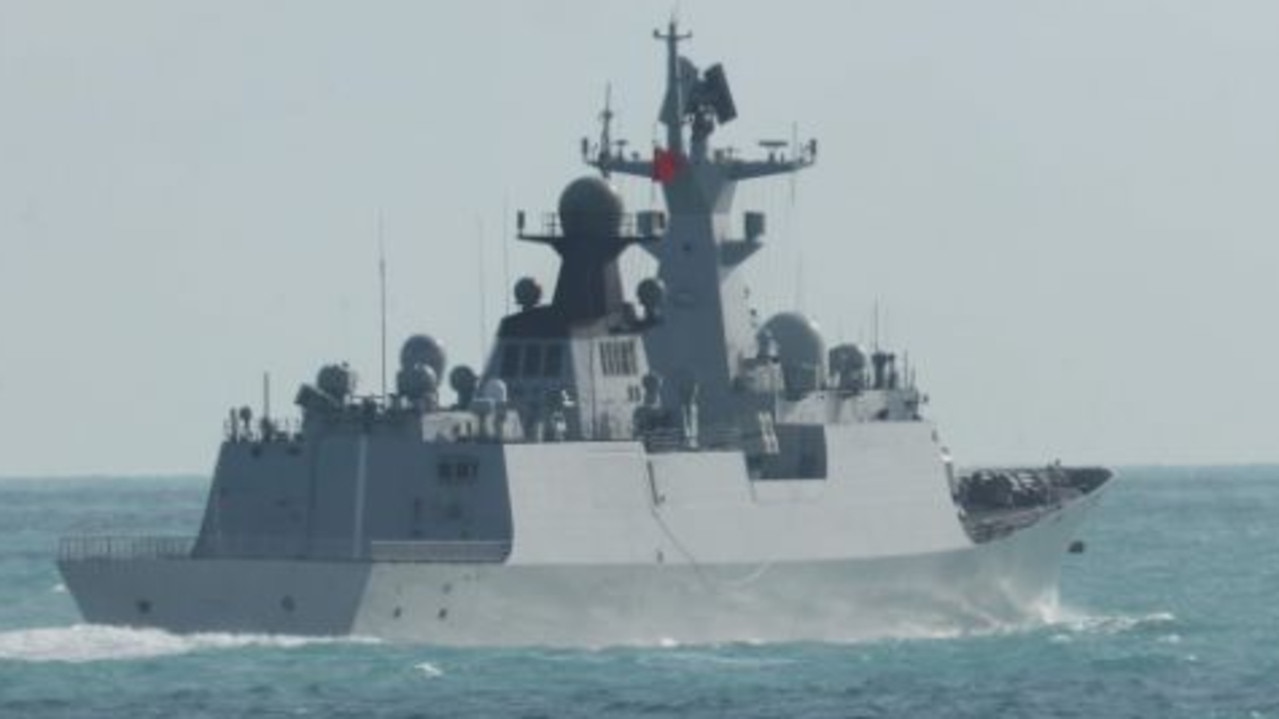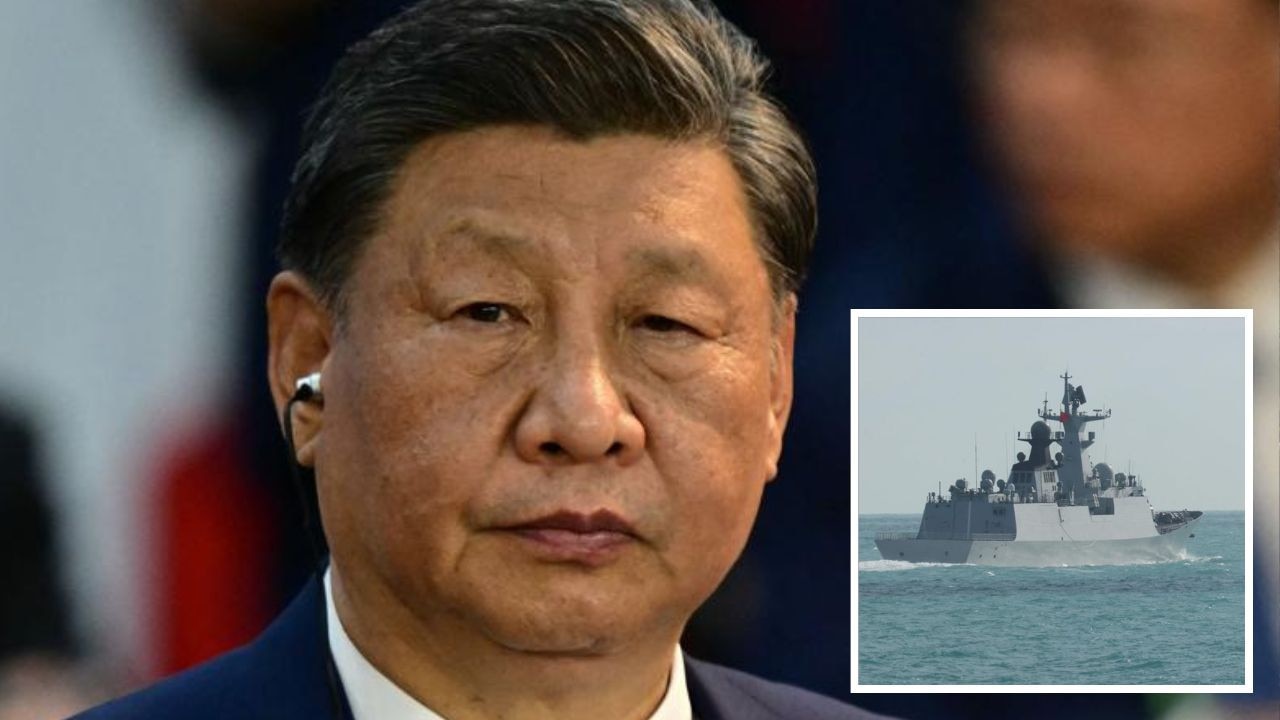Sign China is preparing for war in 2025 or 2027
Top US military officials have reiterated fears that China’s Chairman Xi Jinping will order military action sooner than first thought.

ANALYSIS
China inched even closer to outright war in 2023.
From push-and-shove in the South China Sea to harmful sonar pings in the East. Through building illegal settlements in Bhutanese territory to intimidating military activity around Taiwan. It all builds towards Chairman Xi Jinping’s proclaimed desire to impose his “China Dream” on the world by the decade’s end.
Chairman Xi says so himself: His speeches and Chinese Communist Party (CCP) commands proclaim imminent unification with Taiwan as a core component of his “great rejuvenation of the Chinese nation”. His directives assert expelling the Philippines, Vietnam, Malaysia, Indonesia and Japan from their island outposts and territorial waters, denying access to all but coastal waters.

In 2023, his diplomats, military and trade officials have consistently and relentlessly worked towards these goals.
So much so that several top US military officials have reiterated fears that Chairman Xi will order military action to consolidate his claims before 2027 or perhaps even 2025.
“Over the past decade, the prospect of Chinese military aggression in the Indo-Pacific has moved from the realm of the hypothetical to the war rooms of US defence planners,” says Hudson Institute senior fellow Andrew Krepinevich.
“With the United States distracted by major wars in Europe and the Middle East, some in Washington fear that Beijing may see an opportunity to realise some of these revisionist ambitions by launching a military operation before the West can react.”
Chairman Xi has manufactured several tense “trigger points”. The US and its coalition of “like-minded” nations have moved to oppose his ambitions in all of them.
Will it be on the Indian Himalayan border?
Will it be in the Spratly Islands? Or the Senkaku Islands?
Will it be over Taiwan? Or Japan?
“In short, if war breaks out in any of these places, it could draw China and the United States into direct armed conflict,” says Krepinevich. “And if that happens, it would be unlikely to end quickly.”
Through a glass, darkly
“Chinese President Xi Jinping faces a dilemma,” argues Jamestown Foundation senior fellow Dr Willy Wo-Lap Lam. “Around a dozen of his protégés have been found to be so corrupt that the Chinese Communist Party (CCP) General Secretary and Commander-in-Chief is no longer sure of the efficacy of the PLA’s trump-card weapons.”
“The People’s Liberation Army (PLA) has rapidly modernised to the point that it can now hold at risk the success of any US military intervention along China’s periphery,” a recent RAND Corporation report assesses.
But much of China’s strategy of seizing Taiwan and the South and East China Seas relies on the ability to keep US aircraft carrier battle groups at “arm’s length” through the use of “aircraft carrier killer” ballistic missiles.
“Chinese social media contains reports that a sizeable number of generals in the Rocket Force and other military divisions are reluctant to follow Xi Jinping’s repeated calls for “war preparations” against Taiwan,” says Lam. “The reason is simple: China’s leadership cannot guarantee a triumph over Taiwan’s fast – modernising forces, due to the doubtful effectiveness of the PLA’s top-tier arsenal.”
And the increasing public opposition and co-operation between Australia, Japan, The Philippines and other Indo-Pacific nations is at the same time raising the stakes of any arbitrary Chinese action.

“Paramount leader Xi is eager to absorb Taiwan into the motherland while he remains healthy and in command of the Party-state-military apparatus,” warns Lam. But the 70-year-old faces increasing economic, demographic and political pressure on the home front.
“Uncertainty about what lies ahead could push Xi to launch an invasion for two reasons,” says Lam. “First, he could be compelled by a sense that his window of opportunity will not be open for much longer; and second, uncertainty from the rest of the world is something that Xi might attempt to take advantage of.”
The long game
Any assault on Taiwan, the Philippines, Japan, India – or all of them – is unlikely to end quickly. And the fear of escalation to nuclear conflict will be an alarming, constant fear.
That same fear, argues Krepinevich, increases the likelihood of a protracted conflict.
“If that is the case, then the United States and its allies must begin to think through the implications of a great-power war that, while remaining below the threshold of nuclear escalation, could last for many months or years, incurring far-reaching costs on their economies, infrastructure, and citizens’ wellbeing,” he writes in Foreign Affairs “And they must convince Beijing that they have the resources and the staying power to prevail in this long war.”
Only that can deter Chairman Xi from deciding the rewards of war outweigh the risks.
“Given the high stakes, neither side can be counted on to throw in the towel, even if it suffers severe initial reverses,” adds Krepinevich. “And at that point, the course of events would be determined not only by the intentions of the two great powers themselves but also by the responses of other countries in the region.”
The RAND Corporation think tank envisages a similar, though low-intensity, conflict.
“Irregular or low-intensity conflicts have historically been unanticipated by mainstream military thinkers at the time,” its Disrupting the Chinese Military report reads.
It points to the disaster of Russian President Vladimir Putin’s “one-week” invasion of Ukraine in 2022, Napoleon’s unwanted guerilla war in Spain, and the failure of US forces in Vietnam as examples of this tendency.
That’s not to say such low-intensity war would be easy.
“War, even of a low-intensity nature, very likely would affect every aspect of life in the
United States and China,” the RAND researchers write. “Each government could be expected to deploy whole-of-government resources in the pursuit of victory.”
War of attrition
“Both belligerents would have an incentive to pursue strategies of exhaustion, supported when possible by attrition, to erode the enemy’s means and, perhaps more importantly, its will to continue fighting,” Krepinevich argues. “Thus, the conflict could spread beyond the first island chain or South Asia to locations where both China and the United States could project military power, such as in the Horn of Africa and the South Pacific.”
RAND sees a slightly less formal version of conflict: “Chinese paramilitary and some military forces might be willing to seize contested territory in the first island chain. Chinese saboteurs and cyber units might be more willing to carry out attacks on US military basing infrastructure abroad as part of a low-intensity conflict.”
This could involve blockades of ports, commerce-raiding to interdict vital supplies, and sabotage of critical undersea infrastructure such as internet cables.

It’s a scenario fraught with domestic and international risk.
“Given the concentration of economic might and cutting-edge technological prowess in Japan, South Korea, and Taiwan — all three advanced democracies that are either close allies or partners of the United States — such a war would be fought for very high stakes,” says Krepinevich. “Once the fighting had started, it would likely be very difficult for either side to back down.”
And success – for either side – cannot be guaranteed.
“CCP decision makers are likely to have heightened fear of escalation in a war situation, as well as a fear of downstream effects of such actions on domestic instability within China,” the RAND report adds. “The protection of CCP rule would become even more important to the PLA than peacetime. PLA and Chinese security forces could ramp up security to control political opposition, suppress US information operations, and root out US influence in cyberspace.”
End game?
Chairman Xi’s greatest deterrent may be China itself. “China is vulnerable to domestic instability,” the RAND report states. “This vulnerability arises from the potential for actions taken by the PLA to exacerbate internal tensions. These tensions could arise from excessive repression, politicisation of the military, or domestic blowback from casualties or embarrassing military failures.”
The United States, however, isn’t without its own internal problems – with all eyes on the outcome of the 2024 Presidential Primary Runoff elections.
But Chairman Xi is an autocrat. A dictator. And that makes everything about him.
“In theory, Xi could delay military action until the end of his expected fourth five-year term in office — which would expire at the 22nd Party Congress in 2032,” writes Dr Lam. “However, Xi’s preference is towards earlier action …”
Chairman Xi has cultivated a strong sense of nationalism through tightly controlled media.
And martial law would empower him to enforce a brutal crackdown on internal opposition.
“Without a victory over Taiwan, Xi’s status as the “Mao Zedong of the 21st Century” in the CCP pantheon could be threatened,” Dr Lam adds. “The likelihood would then increase that the Party core responsible for the country’s failure to improve the economy, expand its global clout, and upgrade its military prowess could be driven from power sometime in the coming decade.”
Mutually assured destruction (MAD) may limit any conflict to conventional weapons, adds Krepinevich. But it also increases the scope and duration over which it would be fought.
“Bringing the conflict to a close would be an important challenge in its own right,” he concludes. “With the prospect of a decisive military victory out of reach for either side, such a war could last several years or more, winding down only when both sides choose the path of negotiation over the risk of annihilation.”
Jamie Seidel is a freelance writer | @JamieSeidel
Originally published as Sign China is preparing for war in 2025 or 2027





